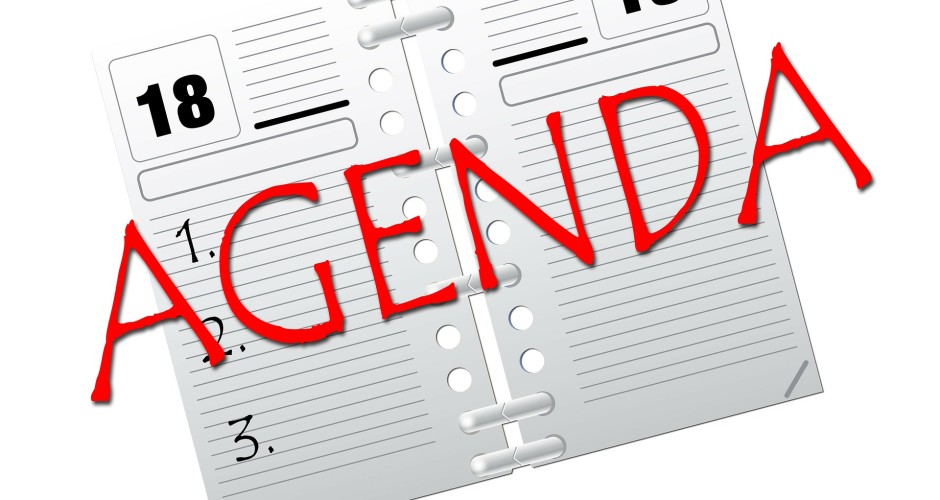This week we continue our conversation about Accounts Payables’ new agenda. The new agenda focuses on three steps that include 1) ensuring business continuity, 2) building resilience, and 3) supporting the recovery when it eventually comes. Last week we began by introducing ‘Step One – Ensuring Continuity’. This week we are going to explore the next ‘steps’ in our new agenda.
– New Agenda Step Two: Build Resilience
Once any overarching threats of business disruption have subsided, enterprises will begin to adapt their strategies in direct response to recent events. They will work to recover quickly and build resilience. Here too, cash management will be front and center for most finance and AP teams. Contract reviews and the general evaluation of the supply base may result in a proactive terms extension or renegotiation strategy that builds on any existing emergency plan and results in a more permanent approach to B2B payments. This happened during the Great Recession (2008- 2010) when many procurement teams “did not let a good crisis go to waste” and introduced new payment terms on an interim basis only to turnaround and make them permanent soon after. Accounts payable teams will need to ensure that any changes to payment terms are accurately captured, mapped to the proper systems, and then followed.
AP teams should consider following suit and use today’s crisis as a means to drive supplier enablement up, and thereby drive processing costs down. In challenging markets, suppliers are more responsive and open to the ideas of their customers. Now is the perfect time for AP to take the lead and promote supplier enablement as a key to customer satisfaction. Even in the short- term, as their P2P partners in procurement begin to ramp up sourcing activity and award many new contracts in their drive to find more savings fast, AP teams should work with procurement to promote enablement as a valuable supplier attribute. Supplier enablement should address the ability for suppliers to not only submit invoices electronically but also to eliminate manual, costly, and time consuming paper payments in favor of more efficient digital payment methods.
Additionally, AP teams should become more involved in avoiding overpayments and duplicate payments, working more closely with procurement and the business to ensure that the goods and services received match their contractual terms before invoices are approved.
– New Agenda Step Three: Support the Recovery
In Q1 of this year, it was announced that the U.S. (along with many other nations) had formally entered a recession. The cyclical nature of global economies means that there will be a recovery. Once business operations return to some level of normalcy, executives will develop a short-term plan to defend their bottom-line while they also plan for the future. In a recession, when sales, growth, and investments are more limited, enterprise executives focus their attention on controlling the things that are, in fact, within their control – what they spend, where, and with whom. Procurement teams have already begun sharpening their sourcing tools as they plan to accelerate competitive sourcing activity in the second half of 2020. In support of greater sourcing volumes, AP can provide intelligence regarding incumbent supplier performance to help sourcing teams make better decisions. They can also help streamline the onboarding of what is potentially a large number of new suppliers. Additionally, as I’ve discussed before, one of the side-benefits of the work-from-home mandates that much of the US is still under was the hastening of a digital transformation for many companies. Those AP organizations that have undergone a transformation will be better positioned to support future growth.
Conclusion: ePayables and the Path to Recovery
The “continuity, resilience, and recovery” phases set for the AP function all hinge on the unit’s ability to position itself for both mid-term and long-term success. While it is often suggested that any enterprise function tap into digitization to drive long-term advantages, the current business climate dictates investments in technologies with fast returns. When deployed efficiently and successfully, AP automation tools (aka “ePayables”) qualify. Although, according to Ardent’s State of ePayables Report 2020, 62% of businesses state that they have automation in place today, the truth behind this figure is that far fewer of these AP units have full automation across all phases (invoice receipt, approval workflow, and payments) of the ePayables Framework. Nor have they all optimized how this level of digitization has supported all invoice- and payment-related processes across the greater organization. AP’s ultimate success will be determined by its ability to function as a value-driver and successfully support the enterprise through the three steps on AP’s new agenda. ePayables solutions will be an important aspect for most, helping AP teams drive incredible impact during these times of organizational need.







Comments are closed.